
Back
Ceiba pentandra (L.) Gaertn.
| Family Name: | Malvaceae |
| Common Name: | Kapok Tree, Silk Cotton Tree, White Silk Cotton Tree, Kabu-Kabu, Kapok, Kekabu, 爪哇木棉 |
Ceiba pentandra, also known as Kapok Tree, is a tree which can reach up to 30 m in cultivation. It is grown in many tropical countries for its silky fibres, also known as floss. The floss is soft, elastic, water-repellent and buoyant. They are used to fill pillows, cushions, mattresses, sleeping bags, and life jackets during the early to mid-20th century.
Name
Classifications and Characteristics
| Plant Division | Angiosperms (Flowering Seed Plants) |
|---|---|
| Plant Growth Form | Tree |
| Lifespan (in Singapore) | Perennial |
| Mode of Nutrition | Autotrophic |
| Maximum Height | 70 m |
| Tree or Palm – Trunk Diameter | 3 m |
Biogeography
| Native Distribution | Tropical America |
|---|---|
| Native Habitat | Terrestrial |
| Preferred Climate Zone | Tropical |
| Local Conservation Status | Non-native (Spontaneous (Casual)) |
Description and Ethnobotany
| Growth Form | It is a deciduous tree, which can reach up to 70 m in the wild. It is usually 18 – 30 m tall in cultivation. The tree develops large buttress as it matures. |
|---|---|
| Trunk | The trunk is covered with sharp conical prickles when young and gradually become thorn-less as it matures. |
| Foliage | The leaves are digitately compound with 5 – 9 (– 15) leaflets. Leaflet is obovate to elliptical (3.5 –) 5 – 21 cm long with 7 – 18 (– 20 pairs) of lateral veins. The leaflet tip is tapering (acuminate) while the base is cuneate. Leaflet margin can be entire or sometimes slightly toothed. |
| Flowers | Flowers occur in a cluster of 2 to 15 at the axillary position on leafless branches. They are pendulous, small (2.5 – 3 cm long) and white, cream yellow to pink. Each flower has 5 petals, which are glabrous inside and densely hairy on the outside, and 5 stamens which are united at the base. The flowers have a sour milk scent and are rich in nectar. |
| Fruit | The fruit is ellipsoid to ovoid-oblong capsule, about 7.5 – 30 cm cm long and 3 7.5 cm wide. It turns brown and splits into 5 parts when ripe. Each fruit contains many brownish-black seeds (up to 100). Seeds are embedded in creamy white woolly fibres (floss). The woolly fibres can carry the seeds far away from the parent tree if there is a strong breeze. |
| Habitat | It can be found in forests and disturbed areas. |
| Associated Fauna | The flowers are pollinated by bats. |
| Cultivation | It can be propagated by seed or stem cuttings. |
| Etymology | Genus epithet ‘Ceiba’ is derived from its aboriginal name in Central America. Specific epithet ‘pentandra’, in Greek, means five stamens. |
| Ethnobotanical Uses | Medicinal: Traditional Medicinal Uses In Asia, America and Africa, Kapok is used in traditional medicine to treat a wide variety of conditions such as fever, asthma, gonorrhea, diarrhea, chronic dysentery, rheumatism and ascites. <1> It is important to note that some therapeutic effects from traditional medicinal uses of plants are not currently supported or verified by scientific research. Timber & Products: The wood is used for making canoes, carvings, lightweight furniture, doors, boxes, toys and pallets. Cultural / Religious: Heritage Tree : There are 9 individuals of Ceiba pentandra listed as Heritage Trees in Singapore. They are found all over various parts of Singapore. To find out more about these trees, please visit the Heritage Tree Register. Others: Ceiba pentandra has many uses and is featured on the coat of arms and flag of Equatorial Guinea. It is grown in many tropical countries for the silky fibres. The Kapok fibres, also known as floss, are soft, elastic, water-repellent and buoyant. They are used to fill pillows, cushions, mattresses, sleeping bags, and life jackets during the early to mid-20th century. The shell of the fruit is used as a substitute pulp material for paper making in Java, and can also be used to make fertilizer and baking soda. The seeds contain an oil which can be extracted to make soap, lubricant or used as lamp oil. |
Landscaping Features
| Landscape Uses | Parks & Gardens, Pungent Plant |
|---|
Fauna, Pollination and Dispersal
| Fauna Pollination Dispersal Associated Fauna | Bat Food |
|---|---|
| Pollination Method(s) | Biotic (Fauna) |
| Seed or Spore Dispersal | Abiotic (Wind) |
Plant Care and Propagation
| Light Preference | Full Sun |
|---|---|
| Water Preference | Moderate Water |
| Plant Growth Rate | Moderate |
Foliar
| Foliage Retention | Deciduous |
|---|---|
| Mature Foliage Colour(s) | Green |
| Foliar Type | Compound |
| Foliar Margin | Entire, Serrate / Toothed |
| Foliar Apex - Tip | Acuminate |
| Foliar Base | Cuneate |
| Leaf Area Index (LAI) for Green Plot Ratio | 3.0 (Tree - Intermediate Canopy) |
Non - Foliar and Storage
| Trunk Type (Non Palm) | Woody |
|---|---|
| Root Type | Underground |
Floral (Angiosperm)
| Flower & Plant Sexuality | Bisexual Flowers |
| Flower Colour(s) | Cream / Off-White, White, Pink |
|---|---|
| Flower Grouping | Cluster / Inflorescence |
| Flower Location | Axillary |
| Flower Symmetry | Radial |
| Flowering Opening Time | Night (dusk to dawn) |
Fruit, Seed and Spore
| Mature Fruit Colour(s) | Brown |
|---|---|
| Fruit Type | Dehiscent Dry Fruit |
References
| References | <1> Duvall, C.S., 2011. Ceiba pentandra (L.) Gaertn. PROTA (Plant Resources of Tropical Africa). <https://prota.prota4u.org/protav8.asp?g=pe&p=Ceiba+pentandra>. Accessed 28 December 2023. <2> Hutchinson, J. and Dalziel, J.M. (1952-1972). Flora of West Tropical Africa. 2nd edition. Pp. 1 – 2300. London: Crown Agents for overseas Governments Administrations <3> Steentoft, M. (1988). Flowering plants in West Africa. Bombaceae. Pp. 114 – 117. Cambridge University Press <4> Swaminathan, M.S. and Kochhar, S.L. (2019) Major Flowering Trees of Tropical Gardens. New York: Cambridge University Press |
|---|
Image Repository
Others
| Master ID | 1504 |
|---|---|
| Species ID | 2797 |
| Flora Disclaimer | The information in this website has been compiled from reliable sources, such as reference works on medicinal plants. It is not a substitute for medical advice or treatment and NParks does not purport to provide any medical advice. Readers should always consult his/her physician before using or consuming a plant for medicinal purposes. |

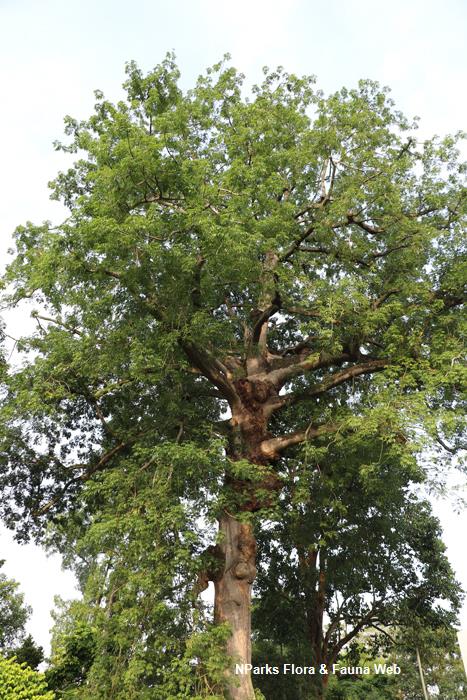

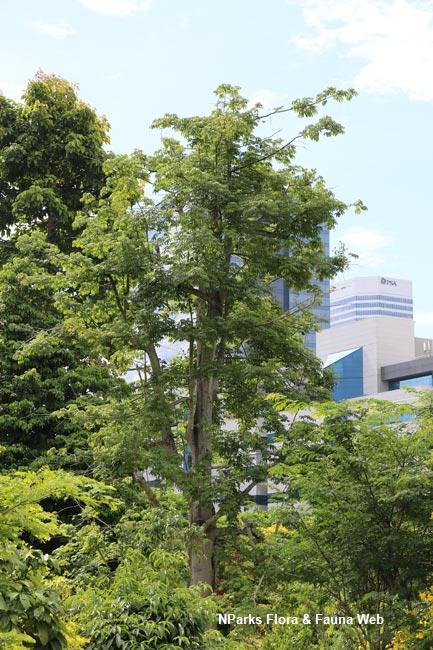
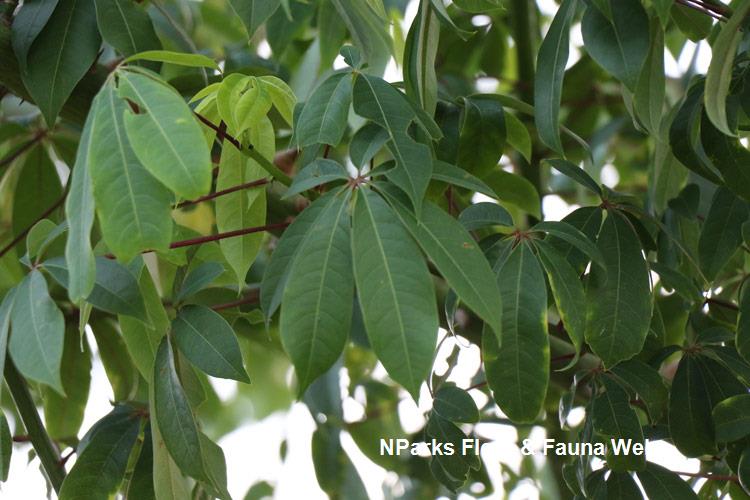
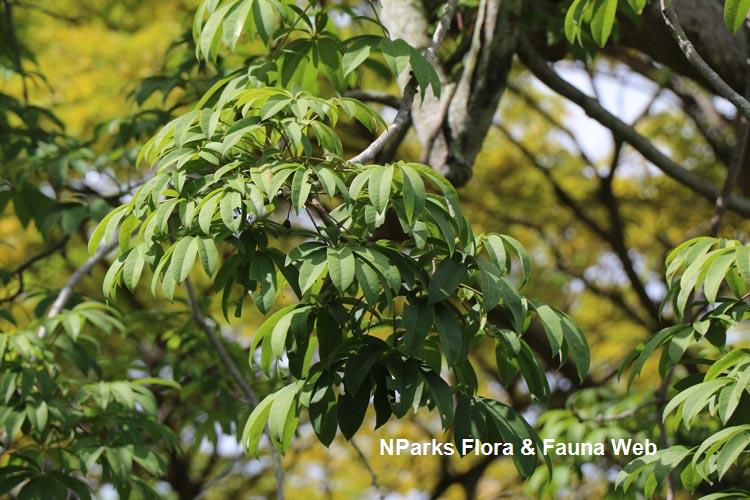
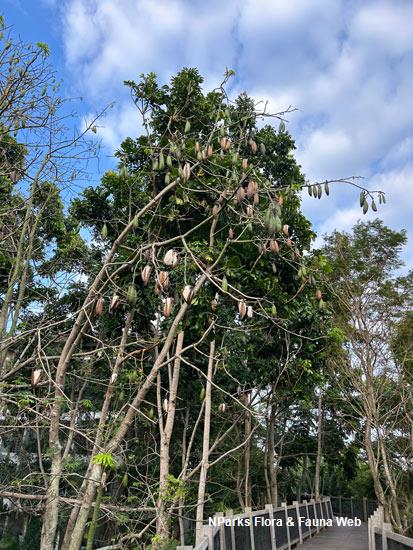
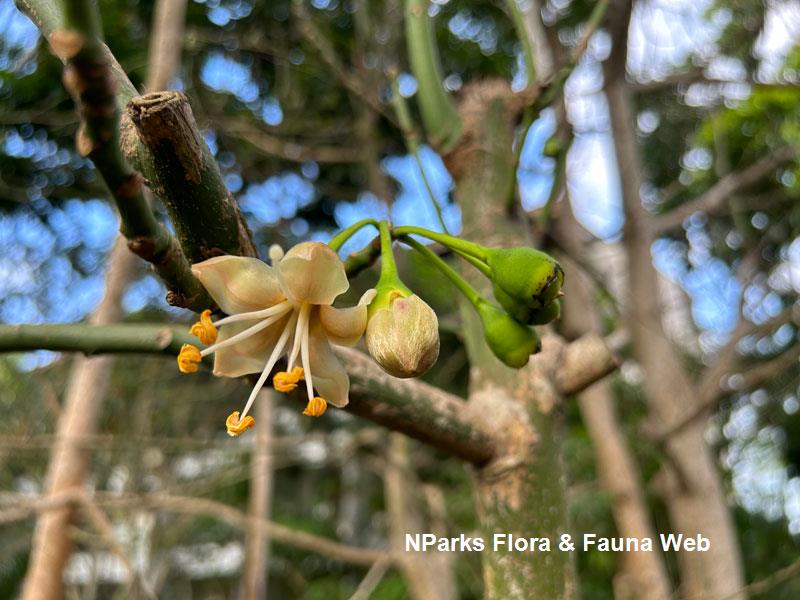
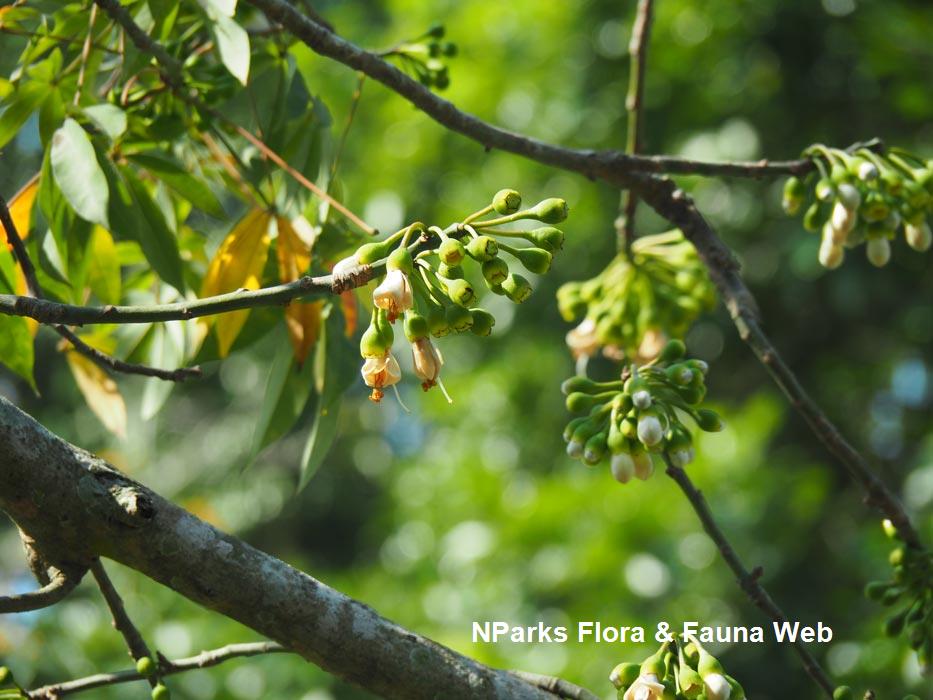
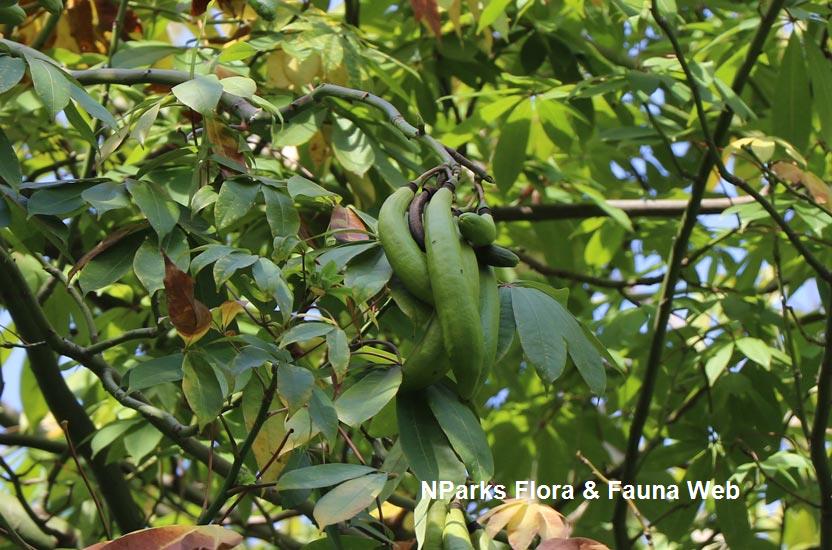


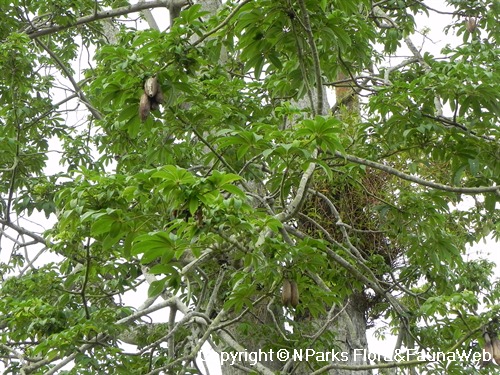




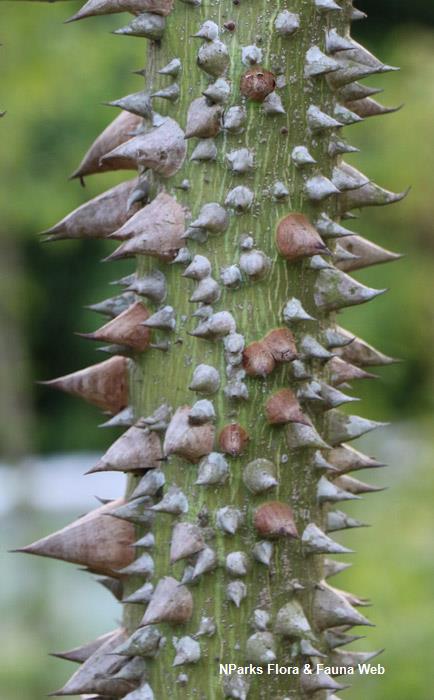


---jessica-teo-(2)_lowres.jpg)